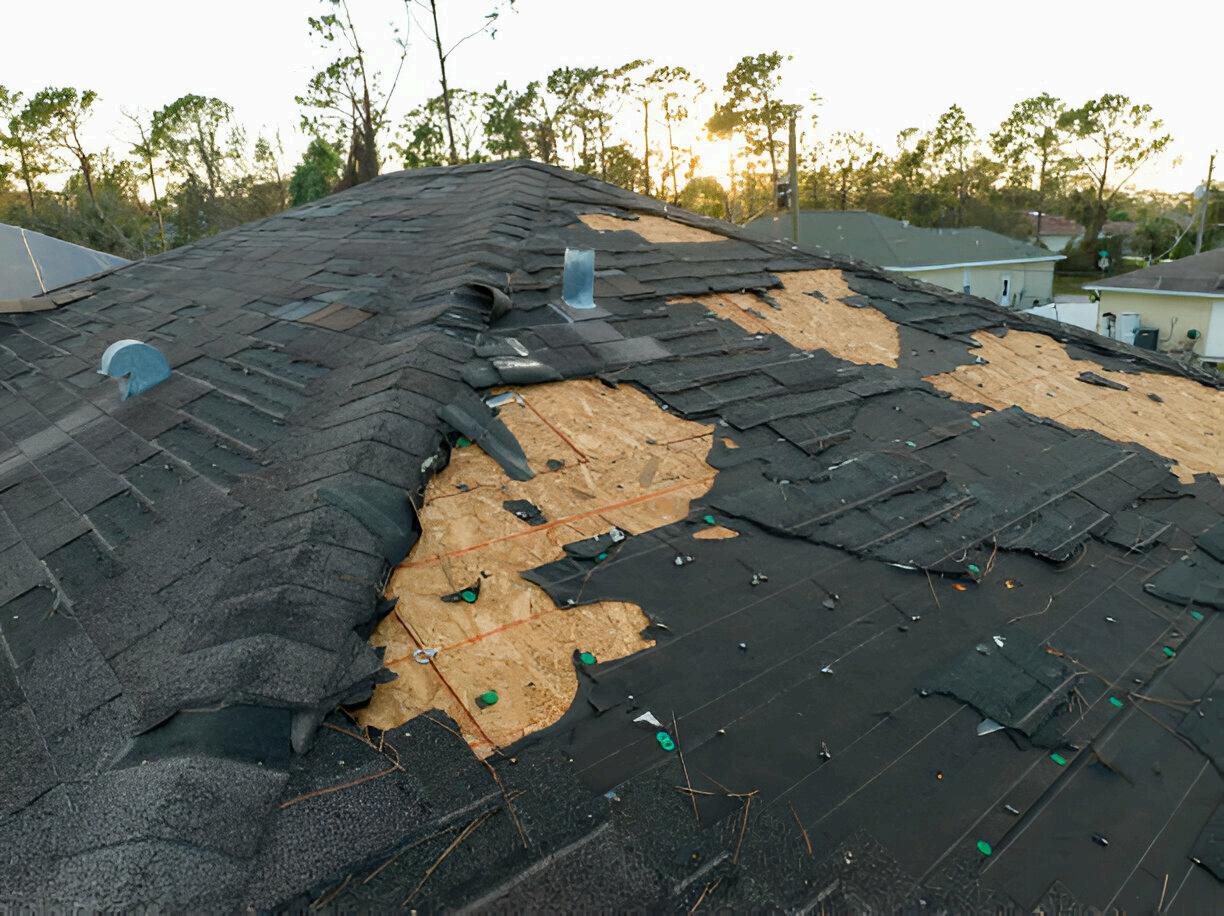




Storm damage can significantly affect a building's integrity and safety. Understanding the restoration process is crucial for homeowners and professionals alike. This presentation aims to provide insights into effective strategies for restoring damaged roofs, ensuring long-lasting protection and functionality.

The first step in restoration involves a thorough assessment of the roof's condition. Inspecting for visible damage, such as missing shingles, leaks, or structural issues, is essential. This assessment helps in determining the extent of repairs needed and prioritizing immediate actions to prevent further damage.

appropriate protective gear, such as helmets, gloves, and harnesses, to minimize risks associated with working at heights.
Establishing safety protocols ensures a secure environment for everyone involved in the repair. Implementing effective strategies for restoring damaged roofs—such as conducting thorough inspections, selecting durable materials, and using efficient repair techniques—can help improve the longevity and performance of the roof while ensuring the restoration is completed safely and efficiently.

Before undertaking permanent repairs, implementing temporary solutions can help mitigate further damage. Covering leaks with tarps or applying sealants to vulnerable areas can provide immediate protection until a comprehensive repair plan is executed. This step is crucial for minimizing damage from additional weather events.


Selecting the right materials for roof restoration or roof replacement is vital for durability and longevity. Consider factors such as climate, roof type, and aesthetic preferences. Highquality shingles, underlayment, and flashing materials can significantly impact the roof's performance and resilience against future storms.

In many cases, enlisting the help of professional roofing contractors is essential for effective restoration. Professionals have the expertise and equipment necessary to address complex repairs and ensure compliance with local building codes.
Collaborating with experienced contractors can lead to a more efficient and successful restoration process.

After restoration, establishing a long-term maintenance plan is crucial for preserving the roof's condition. Regular inspections, cleaning gutters, and addressing minor repairs promptly can extend the roof's lifespan. Educating homeowners about maintenance best practices fosters a proactive approach to roof care.

Implementing preventative measures can minimize the risk of future storm damage. Reinforcing roof structures, investing in impact-resistant materials, and ensuring proper drainage can enhance a roof's resilience against severe weather. Preparedness plays a critical role in safeguarding properties from potential damage.


Restoring damaged roofs requires a combination of thorough assessment, strategic planning, and effective execution. By following these strategies, homeowners can ensure their roofs are restored efficiently and fortified against future storms.
Investing time and resources in proper restoration ultimately leads to enhanced safety and peace of mind.
